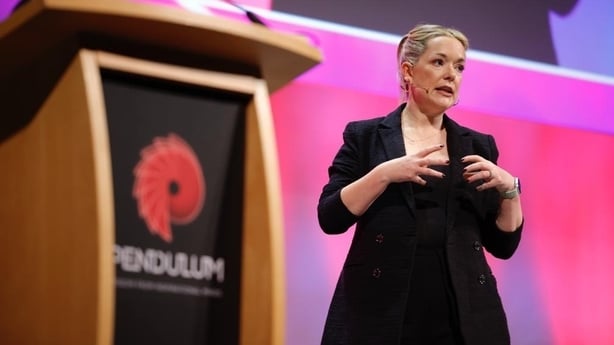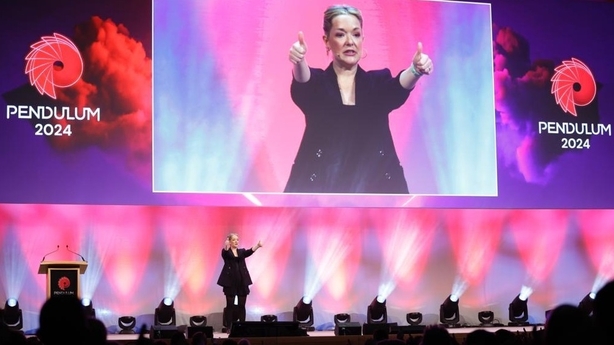For fans of Formula 1 and its many stars, eye health is possibly the last thing on our minds when watching Max Verstappen and Lewis Hamilton weave like lightning through those tracks.
However, taking in as much stimuli as possible when racing is a key part of success, as well as in all manner of life.
Our eyes are one of the five ways that we learn about the world around us from second to second, and safeguarding our visual health is a crucial way to not only get ahead in life, but enjoy it.
We caught up with psychologist and visual performance coach Dr Zoe Wimshurst about eye health and using our senses to reach our goals, after her talk at 2024 Pendulum Summit, which took place in Dublin's Convention Centre from Jan 10-11.

Wimshurst has worked with Verstappen himself, as well as Christiano Ronaldo and other elite athletes, helping them chase down success by using their vision to the best of their abilities.
"It's a fascinating environment to be in", she said. "You learn so much about high performance and those marginal gains, and the work I do is one of those marginal gains that athletes will be looking to get. Just seeing how professional they are, how dedicated to the world around them, is a really fascinating insight and I'm really fortunate enough to be able to work in that environment."
Sight is a powerful tool, Wimshurst explained. Tapping into your vision and how your brain processes images can boost performance by stimulating the part of the brain linked to certain physical activities, she said. Our brains are so powerful that merely imagining performing a task can have tangible benefits to the part of the body associated with that task, such as throwing a ball or running.
"Your brain adapts to the demands that you place it under, so the more you use certain parts of your brain, the stronger and faster those connections will become", she said.
"Equally if you don't use parts of your brain, those connections will die off as well, which is why it's important - particularly into older age - that we keep our brains active, doing as many different things as we can.
"But imagery is one of the ways that you can utilise your brain without having to physically go and do things. So we know that imagining yourself doing an activity activates the same areas of the brain as if you're actually doing it. Not quite to the same degree, but it can still make powerful differences in those connections in your brain."
As for how we can tap into this, Wimshurst said that you need to "make your visualisation as realistic as possible".

"Don't just think about [it] from the visual perspective, but what would you hear or smell? What would it feel like if you were in that environment and try and get as many of your senses as involved as possible because that will activate all of those aspects of your brain and make it as similar as possible to the actual environment that you'll be in, because that will then help prepare your brain in the best way."
Eye muscles are skeletal muscles, like biceps, and so can be trained to be faster and better coordinated. Building up your eye muscles is even more important in an age where most of us are on screens for a large portion of the day.
"Your eyes will adjust to focusing at this distance away from you and then you go out and you try and play sport or even walk around or look at something further away and it takes your eyes a long time to adjust. The longer you've been fixated close the longer it takes to then adjust back to being outside."
She suggested that "for every 20 minutes that you're looking here that you take a five minute break and you look as far into the distance as you can, you look under natural lights, you make sure that you're varying the distance that you're looking at a lot of the time."
When it comes to resting your eyes, sleep is a vital component and wearing UV protectant sunglasses.
Watch our full interview with Dr Zoe Wimshurst above.

